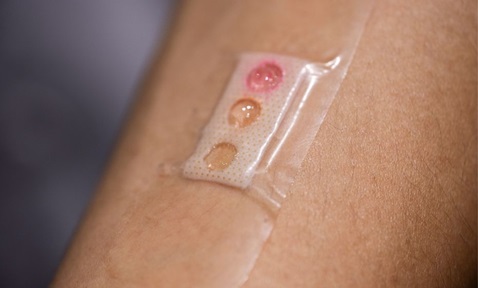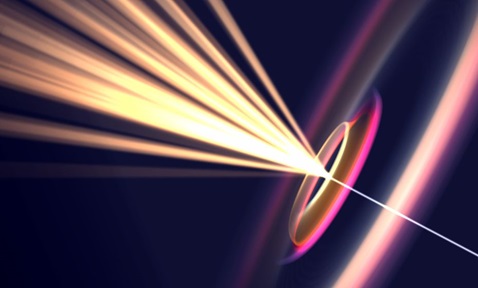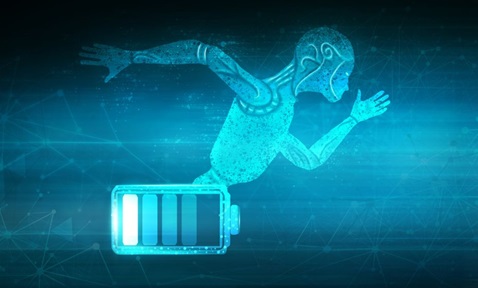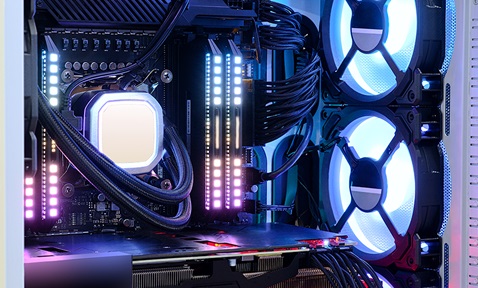
A Computer Vision Sensor for Efficient Real-Time Object Detection Under Varying Lighting Conditions
Synopsis
This technology introduces a new vision sensor capable of detecting objects under varying lighting conditions, achieving more robust real-time object detection despite untrained lighting variations.
Opportunity
The ability to detect and to track objects is crucial for artificial intelligence-based systems such as surveillance cameras and self-navigating vehicles. One major challenge in implementing object tracking is dealing with changing lighting conditions. Common examples include image detection under different weather conditions, where light reflections and glares on sunny days can lead to erroneous object recognition. Current computer vision technology relies heavily on the light intensity measured by each pixel of a camera, which may lead to object detection failures when exposed to untrained images or varying lighting conditions. Such scenarios can result in fatal accidents involving self-navigating vehicles if, for instance, a deep neural network (DNN) fails to recognise a pedestrian crossing the street when the weather changes.
To minimise such errors, this invention offers a computer vision sensor capable of detecting objects under varying lighting conditions in an energy- and computationally-efficient manner, which is previously unattainable by existing systems. The sensor is designed to support and complement existing DNNs to achieve more robust real-time object detection under untrained lighting alterations.
Technology
This invention features a sensor that remains unaffected by sudden lighting changes, ensuring the camera’s pixels output consistent electric signals despite variations in light intensity. This enables standard object detection software to perceive the same object consistently—a pre-processing feature previously absent in current camera technology. Existing digital cameras are highly sensitive to changing light intensities, leading to detection errors. This new sensor offers a simple yet efficient approach for more robust object detection, minimising the adverse effects of lighting changes.
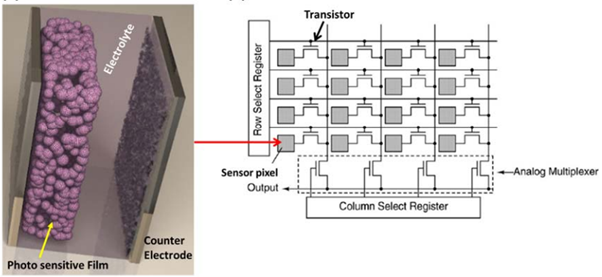
Figure 1: View of the computer vision sensor for real-time object detection.
Applications & Advantages
Main applications include surveillance cameras and self-navigating vehicles, where reliable object detection under varying lighting conditions is critical.
Advantages:
- The sensor can quickly and accurately respond to unforeseen lighting changes due to weather variations, preventing erroneous object detection by DNNs even if the training dataset did not cover the specific lighting scenario encountered in real-time.
- It requires a much less extensive training dataset to cover changing lighting conditions, using significantly less memory and computation. This results in cost-effective computer vision solutions in terms of both hardware and operational costs.


.tmb-listing.jpg?Culture=en&sfvrsn=57e7d9a3_1)
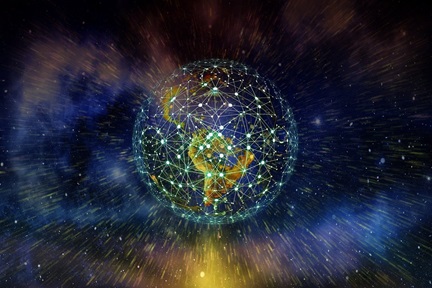
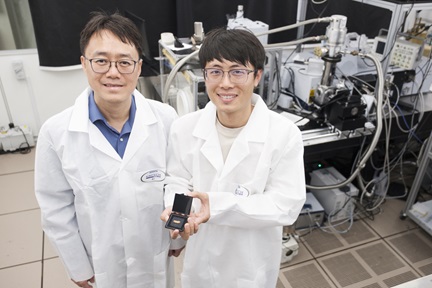


.tmb-listing.jpg?Culture=en&sfvrsn=3b74ec1c_1)


